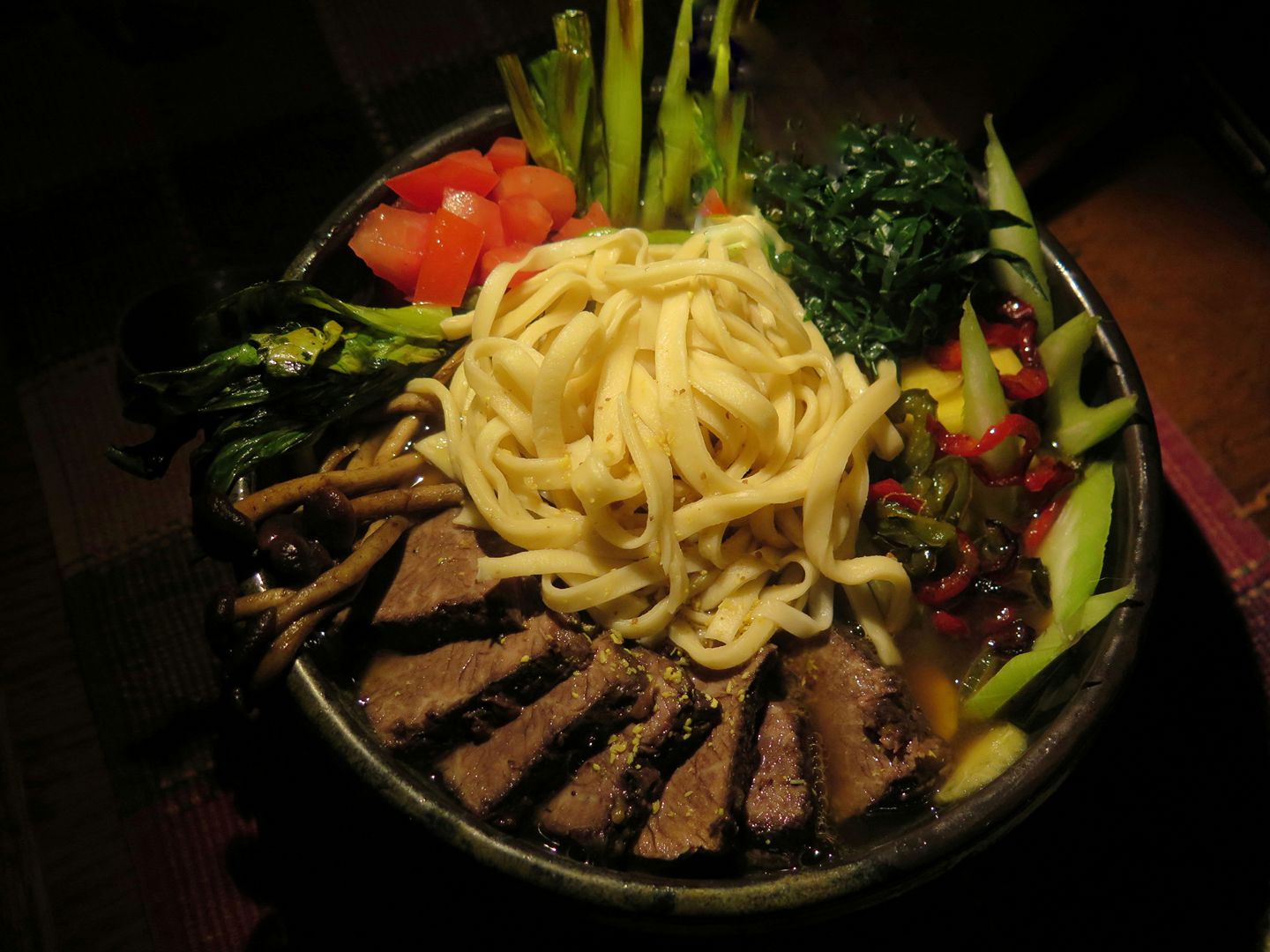Another selection from Food, Clay, Wood
A grand sycamore stood sentinel by the sidewalk at the front
lawn of the colonial revival house where I grew up in central New Jersey. The
entire Levitt planned community was planted with this and a handful of other
species, and they must have been fairly large in 1967 because I could easily
climb them a decade later. I would hang out in one particular sycamore along
the sidewalk. It had low limbs, evenly spaced, and was very easy to hoist up
and into. I went as high as I possibly could, hugged the main trunk and let it
sway in the breeze as I twisted along with it. My neighbors claimed that I
would sing opera up there, which may be true. Eventually I nailed a plank of
wood into the main V-section about 20 feet up as a seat. It’s still there, the
wood grew around it, and 45 years later is almost completely engulfed. The
lowest limb is now maybe 40 feet up; it’s a massive tree today.
What I liked most about my tree was its resonance. You could
rap any limb, with your ear up against the bark and it would offer distinct
mellifluous tones. You couldn’t get a conventional scale out of it, but
definitely worth slapping and knocking. I like to imagine that the tree knew
me, responded to my moods, maybe even hugged me, as I definitely did its limbs.
I came to know that strange mottled bark so intimately and even saved pieces as
they peeled off.
After college, when I moved home between degrees, I spent
more time in the tree. I wrote up there. I even threw parties in it. At one
point there were 6 or 7 people in the tree, drinking cocktails hoisted up in
Ziplock bags, and snacks in little bowls. I started dating the woman who is now
my wife right up in that tree. I went away of course, eventually so did my
parents, literally. Until recently, I still visited the tree, thousands of
miles from the other coast where I live now. The last time I saw it was long
before I started carving, and a limb fell off. I took a few tiny pieces. What I
would give now for that whole limb! Sycamore, as it turns out, is utterly
gorgeous wood, with a clear set of rings, but also tiny vertical lines cutting
across them that create a gorgeous pattern in carved wood. Even the smell of
that tree I think I could recognize blindfolded.
I say all this because I think people can have very intimate
relationships with other living beings that don’t react like pets, but in a
very different primordial way. When I encounter a huge old copper beach or a
valley oak where I live now, it’s more awe inspiring and intense than seeing a
large animal. Just knowing they were alive hundreds of years ago thrills me. In
the case of the towering redwoods in the California foothills, they were around
at time of Plato. They stand as living witnesses to the past - if you are
willing to listen.
I say all this because I have a deep empathy for wood. So it
felt strange the first time I carved it. Some trees have deep pink striated
flesh that resembles tuna or rare beef. Sometimes wood will be so fresh and wet
that it seems to bleed, or practically splashes with the fall of the axe. This
isn’t a bad feeling. It’s no different than butchering an animal. I’ve never
killed a large mammal but taking one apart I truly enjoy, cutting around the
bones, following the sinews connecting to muscle tissue. The same is true of
wood and its own internal structure. When a limb falls down in a storm, I’m
happy to make use of it. Or when a tree needs pruning.
That’s exactly how I got into carving in the first place.
Two olive trees – Scylla and Charybdis, so named because I planted them too
close together. Today they not only can’t be disentangled, but steering between
them is treacherous, especially when trying to pick the olives. A really low
branch needed to come off as it stuck out over the sidewalk, and I thought,
this is such nice wood, something must be done with it. I had absolutely no
idea what I was doing. I had a pocketknife. And I so wish I hadn’t ruined so much
of that beautiful wood. But a few of these early olive wood spoons I still use.
It carved so wonderfully that I believe I have never worked with a finer wood.
All this is to say that a tree you know well, have harvested
fruit from, see every day perhaps, or best of all planted with your own hands,
is one whose wood you will respect and cut with care. Even those in my
neighborhood, I treat with a certain reverence, and knowing full well that a
branch will end up chopped and used as compost, gives me great satisfaction
knowing something else might be done with it. At times I’ve been tempted to
knock on people’s doors, not to ask if I could take some wood, but to say I
already did pick up a branch on the curb, and carved it, and here’s a spoon,
thanks so much. There is actually no feeling better than giving someone a spoon
or anything handmade for that matter, and knowing they will be using it for a
long time to come.












